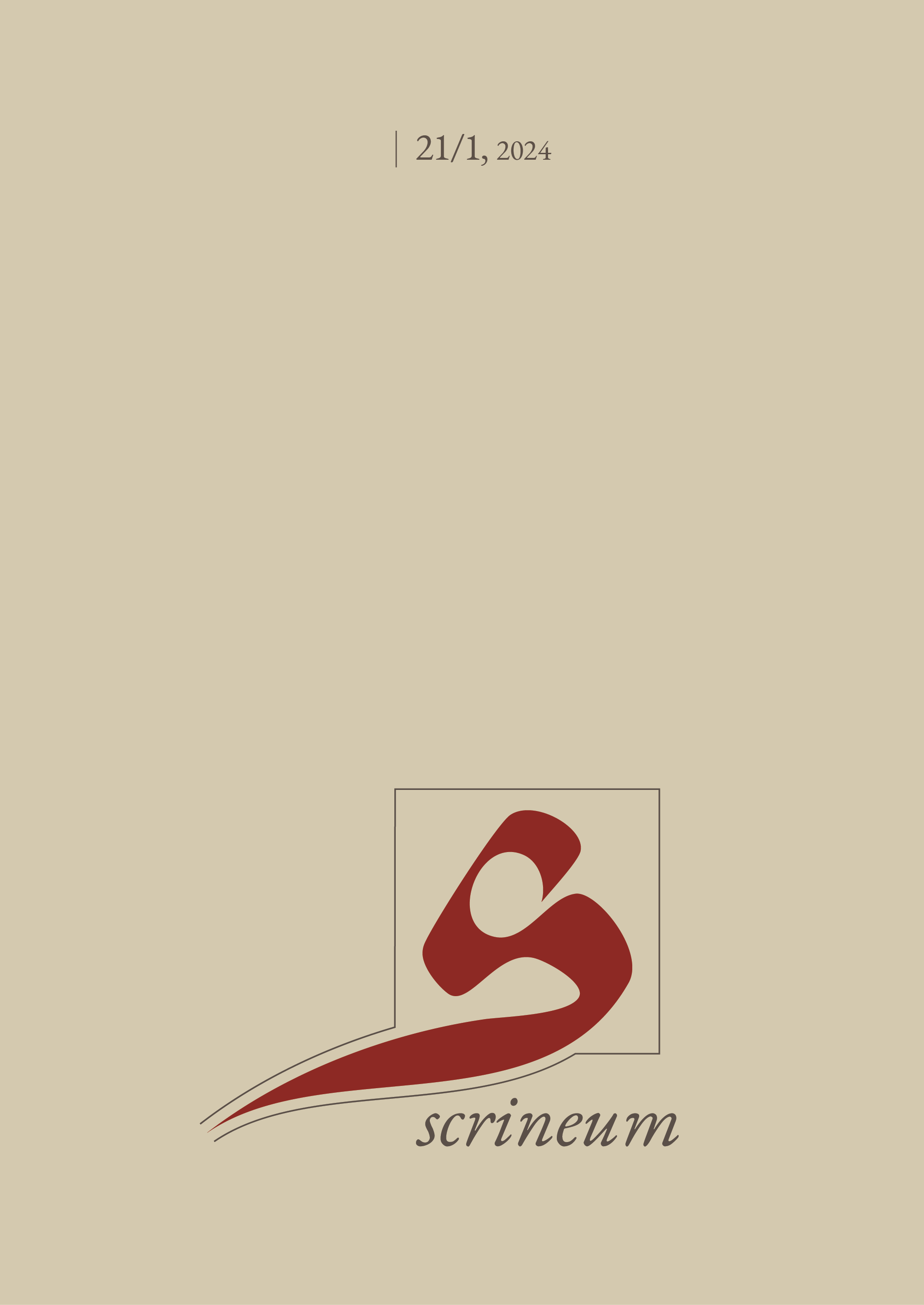The Greek liturgical rubrics of Sin. ar. 151 and their paleographic relevance
Abstract
The paleographical analysis of the Greek liturgical notes in Sin. ar. 151, closely related the so called ‘Hagiopolitan minuscule’, indicates a dating to the second half of the 9th century, just a few decades after the translation of the Pauline Epistles in its first codicological unit, completed by Bišr ibn al-Sirrī in Damascus in September 867. This finding provides further support for the view that the colophon refers not only to the translation but also to the copy of the codicological unit itself. More importantly, since the Greek notes can be localized and dated with a high degree of plausibility, they contribute to the broader contextualization of the 9th-century Greek minuscule script in the Sinaitic-Palestinian region.
Copyright (c) 2024 Luca De Curtis

This work is licensed under a Creative Commons Attribution 4.0 International License.
Authors retain the copyright and grant the journal right of first publication with the work simultaneously licensed under a Creative Commons Attribution 4.0 International Public License (CC-BY-4.0) that allows others to share the work with an acknowledgment of the work's authorship and initial publication.

This work is licensed under a Creative Commons Attribution 4.0 International License





